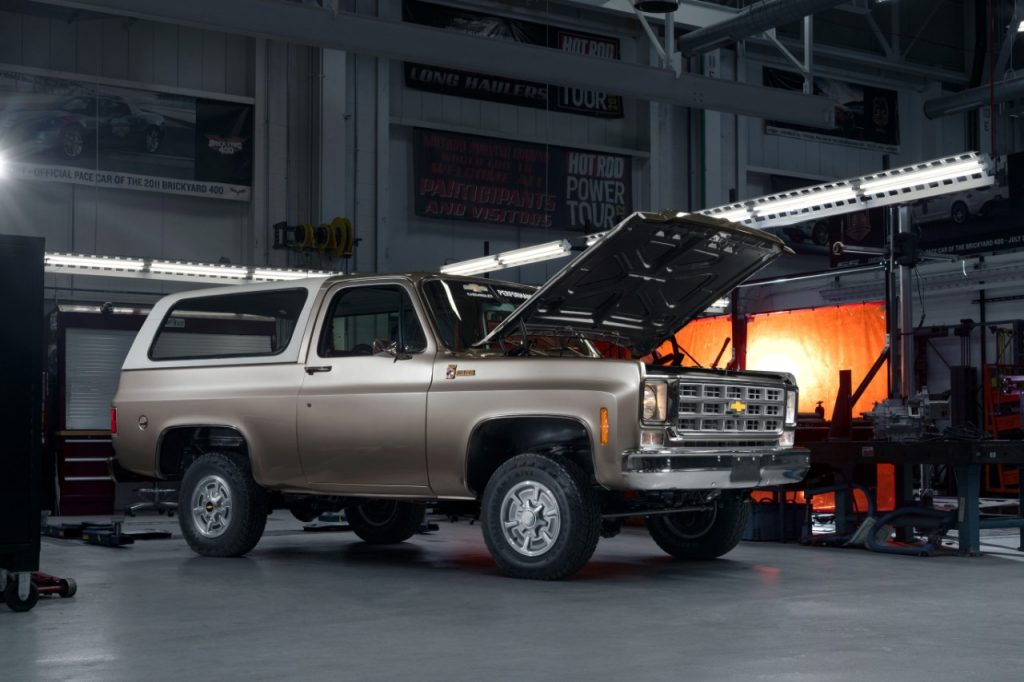
GM sparked a lot of excitement when it introduced its electric Blazer-E. You got a peek at the truck in the Detroit Roundup story in our 2020 SEMA360 coverage.
But this Blazer totally warrants its own article.
Because it’s not just a classic SUV that’s been retrofitted to run on electricity—it’s a test mule for GM’s new eCrate electric drivetrain swap concept.
What is eCrate?
Imagine being able to stuff in an electric motor with the same ease as you could, say, an LS. Because that’s one of the ultimate goals behind this project.
Chevrolet’s been working on this concept for years, and has made some significant steps forward with its 2018 eCOPO Camaro and 2019 E-10 Truck.
What’s really neat about Chevy’s approach is that it’s trying to use as many proven, off-the-shelf parts as possible. In fact, Chevrolet says 90 percent of this particular eCrate package is taken from the Bolt EV.
Certified shops will soon (late 2021) be able to install a kit that consists of the battery pack and motor, plus the inverters, converters, controllers, and wiring harnesses required for the conversion.
But enough about that. Let’s talk about the truck.
Electric 1977 Chevrolet K5 Blazer-E
Gone is the original 175-horsepower, 400 cubic inch V8. In its place is a 200-horsepower electric motor. The old 3-speed Turbo-Hydramatic is out too, replaced by a modern Chevrolet Performance 4-speed auto. Chevy didn’t have precise range numbers, but estimates the Blazer-E can go about 100 to 150 miles on a single charge. (That’s pretty impressive for what’s basically a 50-year-old aerodynamic profile.)
Interestingly, the rest of the drivetrain is unchanged—the truck still has its factory transfer case, driveshaft, and axles.
The Blazer’s fuel and exhaust systems are obviously removed to make way for the battery pack, additional wiring harnesses, and advanced battery cooling components.
Chevy had to add an electric power steering system, along with a vacuum pump to feed the power brakes.The engineers were clever enough to build an electric controller to drive the inputs for the vintage Blazer gauges.
Even better, they figured out how to convert the original fuel gauge to display the battery’s state of charge—how cool is that?
You can see the Blazer-E in action and learn more about its story here:
Check out the pictures and let us know what you think about the Blazer-E AND the idea of Chevy’s eCrate program in the comments below.
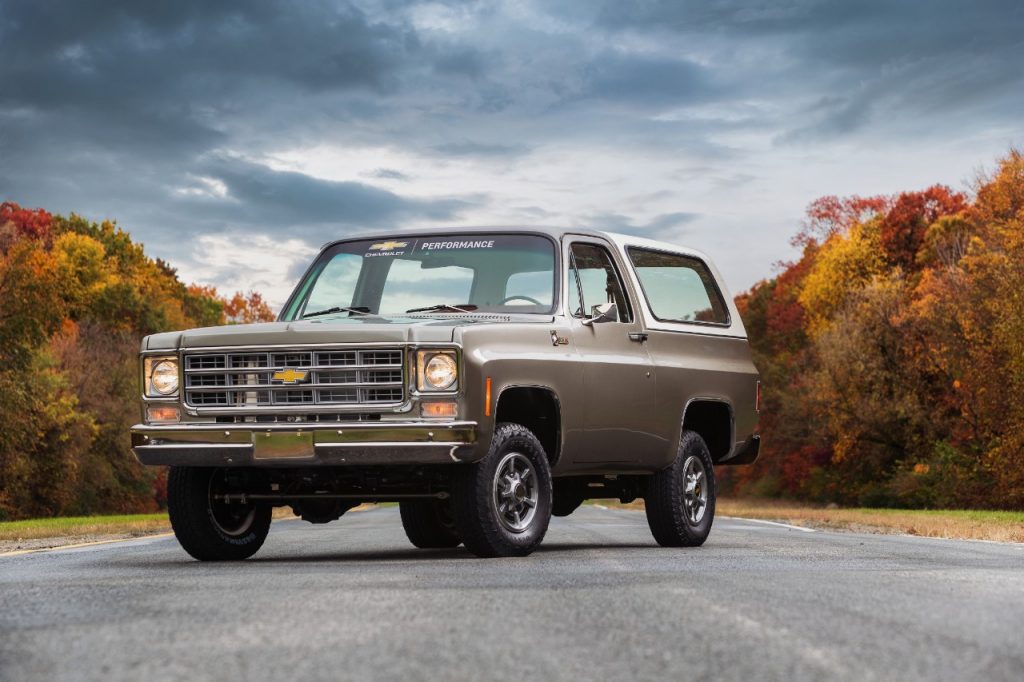
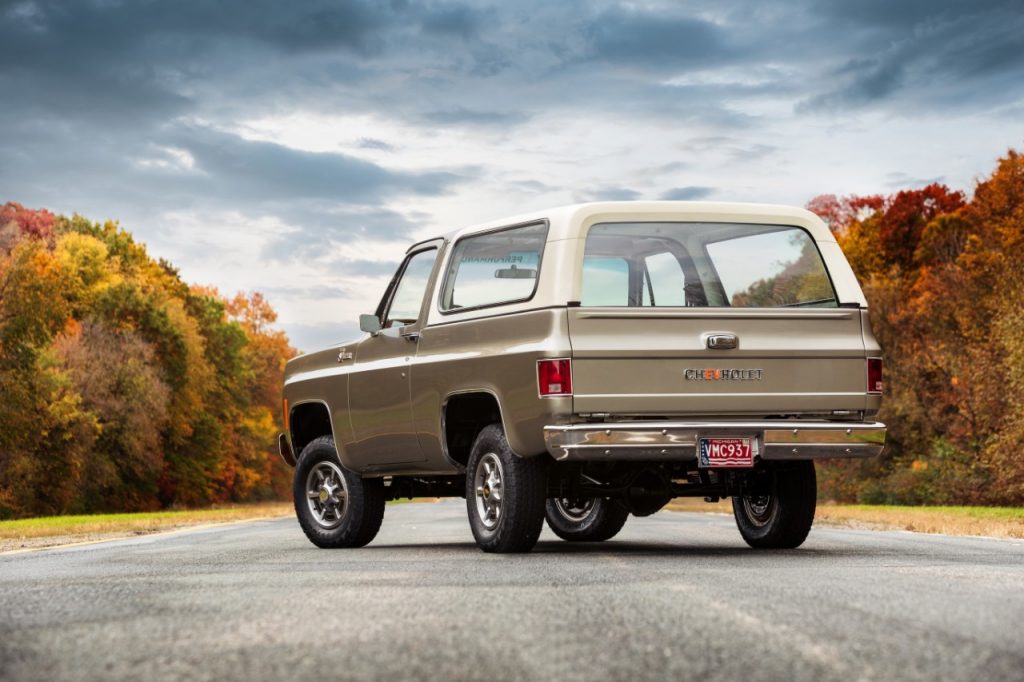
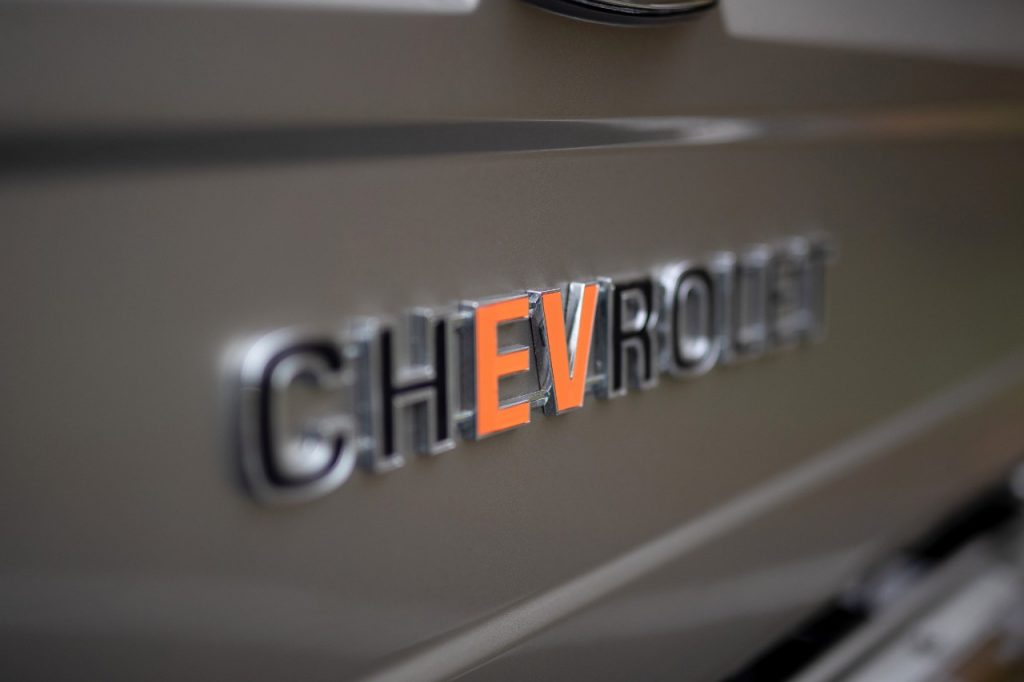

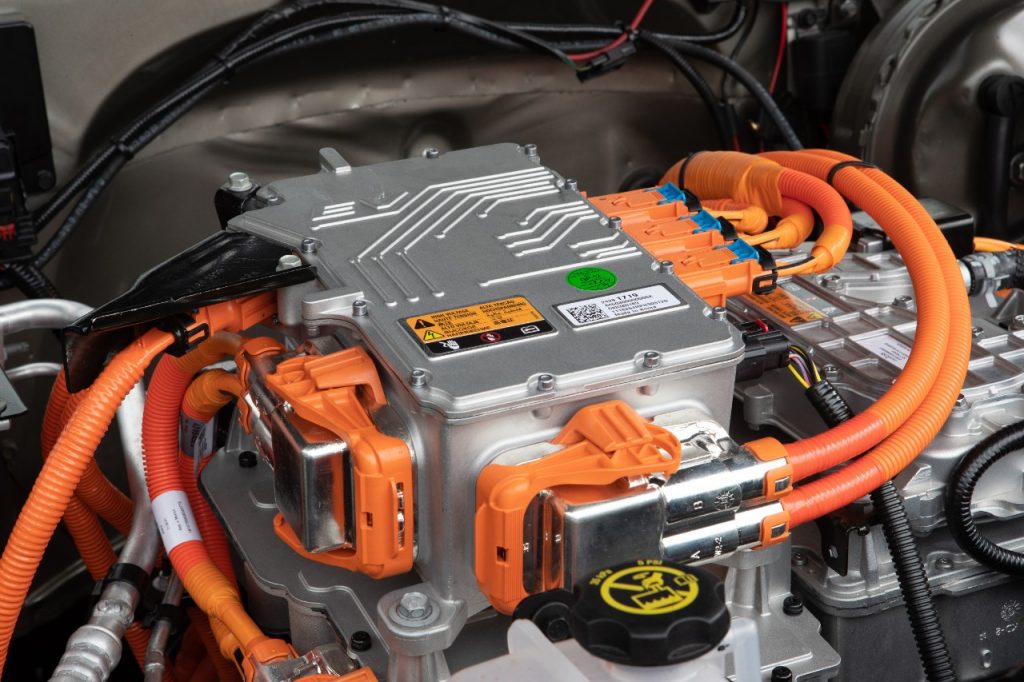
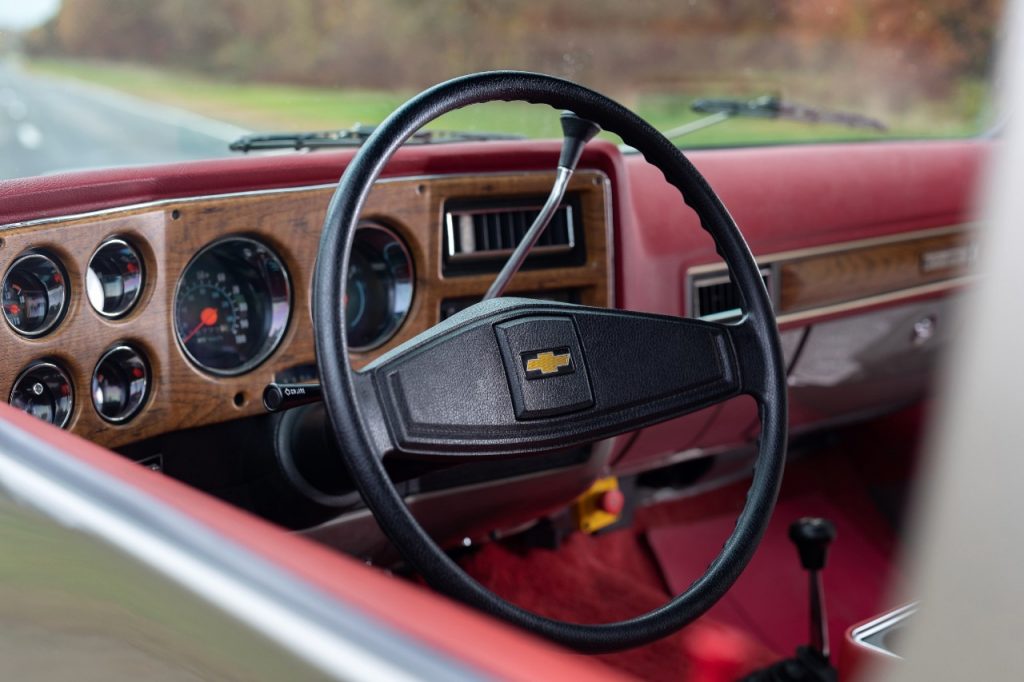

[…] 7. 1977 Chevy K5 Blazer-E […]
I can’t believe it I always joked that I was going to have to make my 77 Chevy Scottsdale fly just so my daughter can drive it but in reality would have to make it electric i would never thought that would be possible but if it came down to driving it in the near future this might have to be an option
[…] the Magneto is an electrical retrofit of an existing design, which presents its own challenges. We’ve seen GM do this with success, so it’s nice to see another Big Three manufacturer swap an electric motor into a familiar […]
I like the thought train, to retro-fit an electric motor into
a classic vehicle. Would it be possible to utilize the existing
transmission? Only time and GM will tell.
I’m thinking 76 GMC motorhome,(plenty of room for battery modules)